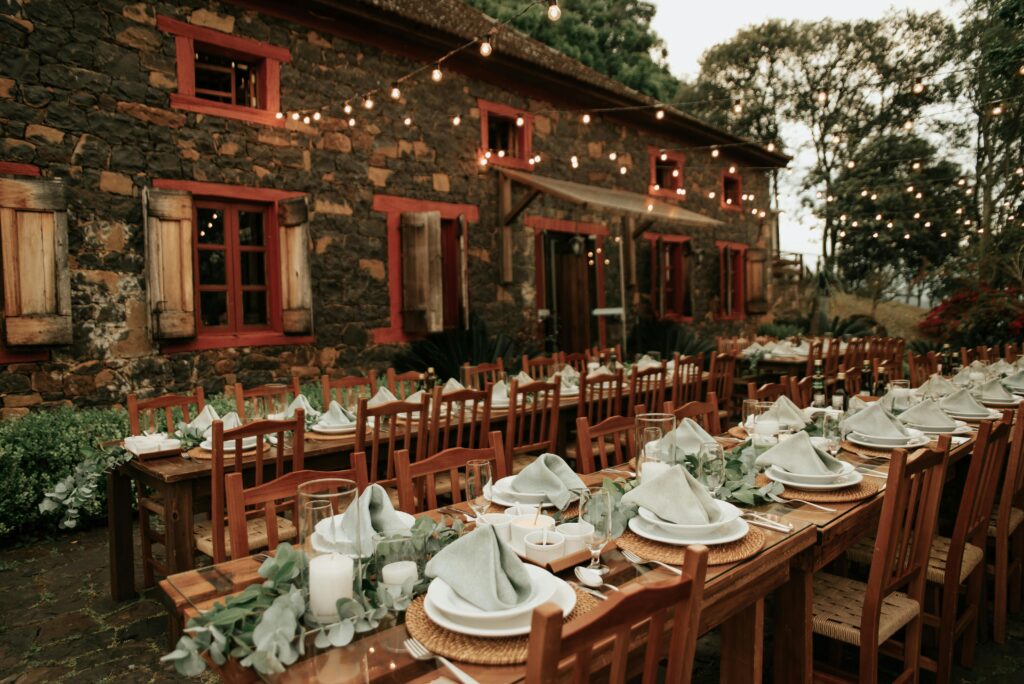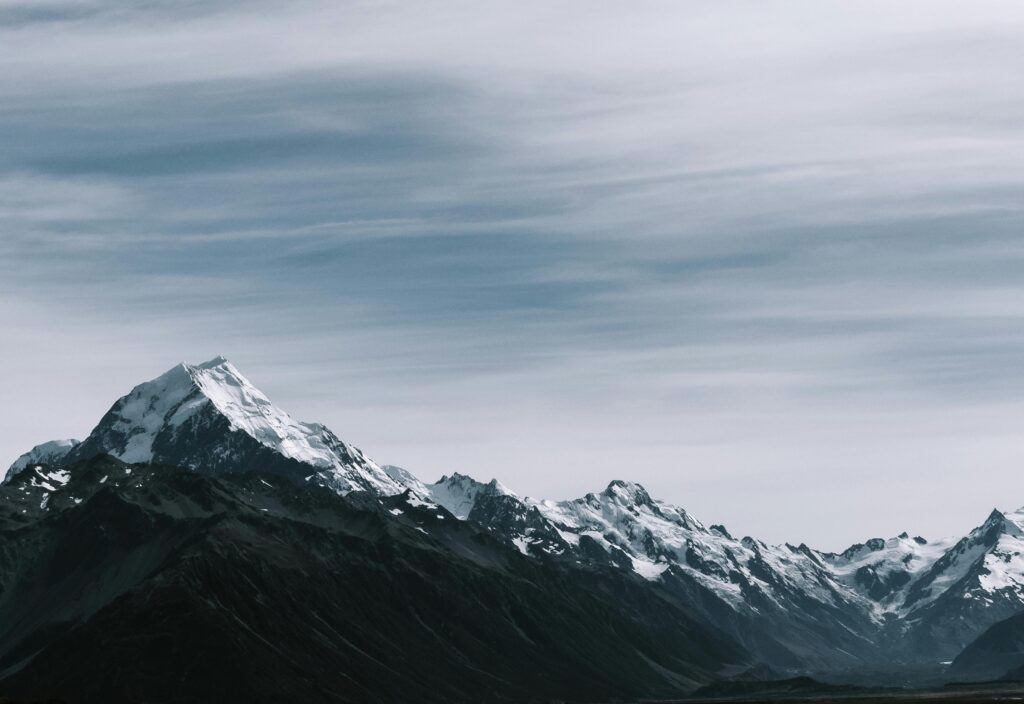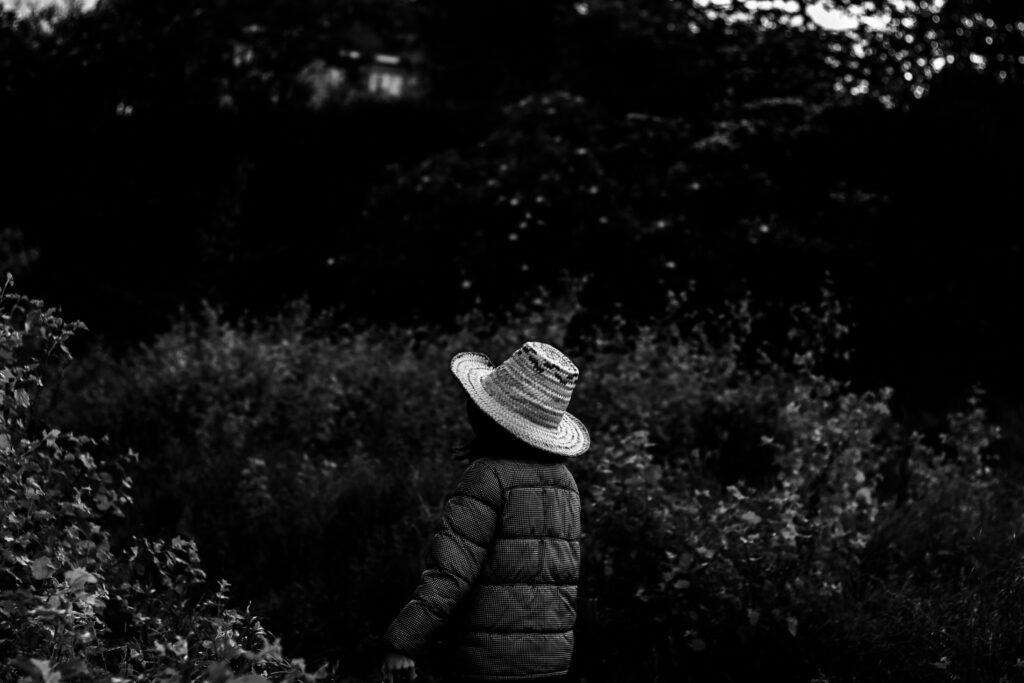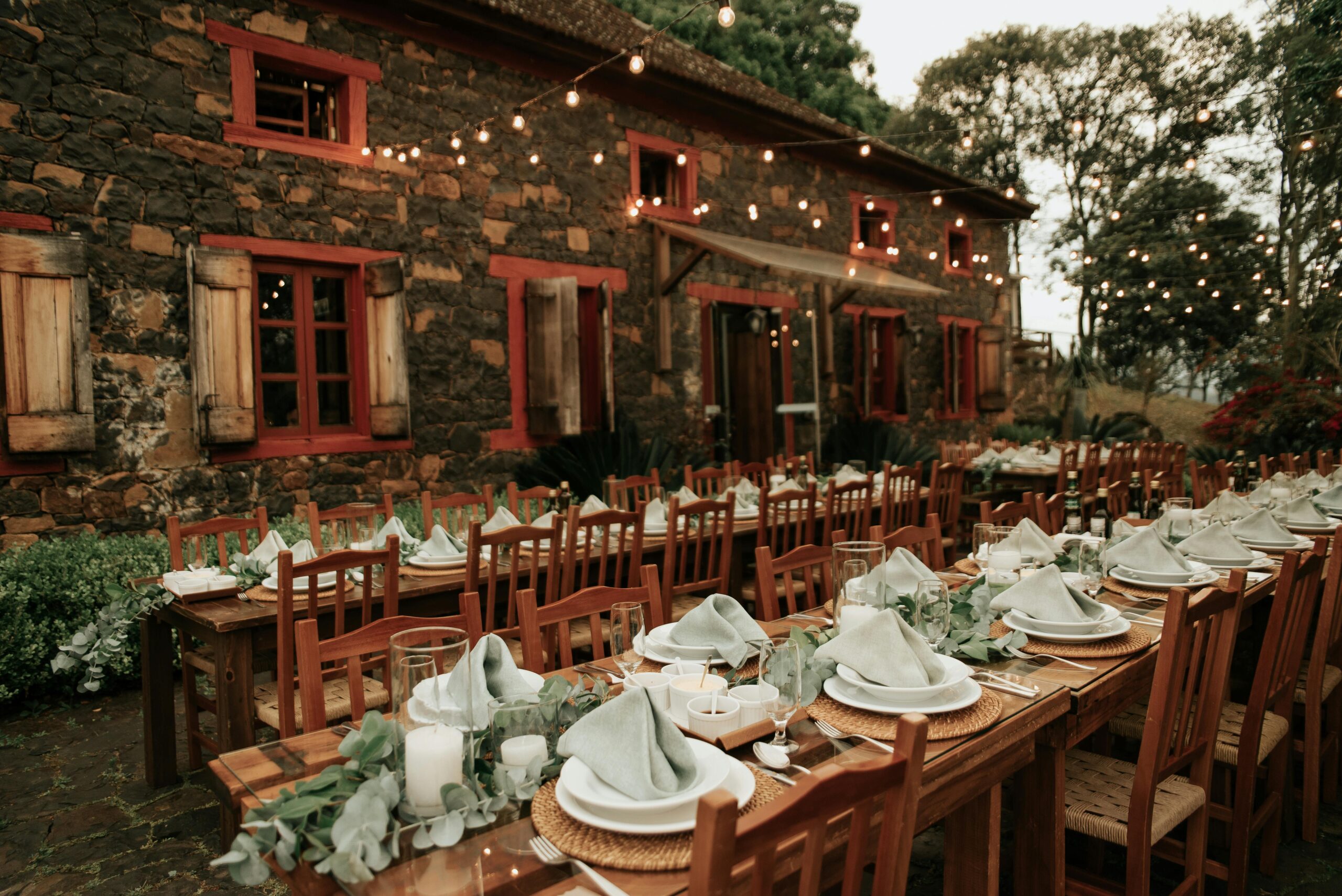The country of Angola is on the west side of southern Africa. It boasts a rich history, vibrant culture, and stunning natural beauty. Although not many foreign tourists visit, Angola has a great deal to offer, from bustling towns to serene beaches, dramatic waterfalls, and parks teeming with wildlife. The country is remaking and rebuilding itself after years of civil war. It’s a secret gem that’s worth finding now more than ever.

Here’s a complete list of the best Angola tourist spots:
1. The lively capital, Luanda
Since Luanda is the capital and biggest city, it is often the first place tourists go when they come to the country. This port city boasts an intriguing blend of modern towers and historic buildings. It is a busy place for business, culture, and nightlife.
Key points:
The Portuguese built the Fortaleza de São Miguel in 1576. It offers a panoramic view of the entire city and is now home to the Museum of the Armed Forces.The Museu Nacional de Antropologia is a great place to find traditional Angolan tools, clothing, and musical instruments. Ilha do Cabo is a small island with white sand beaches, bustling beach bars, and excellent restaurants. It’s a fantastic spot to unwind or participate in water activities.In the Bay of Luanda, you can enjoy beautiful views while going for a walk in the evening.Angola’s international style is showcased in Luanda, which also highlights the strength and diversity of its people.
2. Mountains, History, and Culture in Lubango
Lubango is in the southern part of Angola. The beautiful Serra da Leba mountain range surrounds the city. The area is renowned for its warm weather and lush vegetation, making it an ideal retreat from the coastal heat.
Sierra da Leba Pass
This twisting road leads to some of the most famous mountain views in Africa. It’s also a great place to take pictures.The Christ the King figure (Cristo Rei) is a statue that resembles Christ the King in Rio de Janeiro and stands above the city.The Tundavala Gap (Fenda da Tundavala) is a cliff face with stunning views of the Huila Plateau.The old train stops, and houses from the Portuguese era give Lubango a historical charm that people love.
Kalandula Falls is a beautiful waterfall.
Kalandula Falls, formerly known as Duque de Bragança Falls, is located in Malanje Province. They are one of the largest waterfalls in Africa, both in terms of height and width.
Why should you go?
The falls are bigger than Victoria Falls in Angola. They are 105 meters high and 400 meters wide.There is a thick forest and hills all around them, making it a great place to hike, camp, and take pictures.The area isn’t significantly developed, so tourists can feel like they’re in the middle of nowhere.One of Angola’s most remarkable natural sights is Kalandula, best viewed during the rainy season, which runs from October to April.
4. Benguela: A Tropical Colonial Town by the Sea
Located on the coast, Benguela is a city renowned for its laid-back atmosphere, historic colonial-era buildings, and stunning beaches.
Activities:
Praia da Baía Azul and Praia da Caotinha are renowned beaches with calm waters, ideal for swimming and fishing. In Old Town, you can look around churches and houses from the colonial era.A famous spot on the Benguela Railway, which used to connect the Atlantic Ocean to the middle of Africa.Life moves more slowly in Benguela, making it a great place to relax after visiting the more rugged parts of Angola.
5. Namibe: Land of Desert and Ocean
In Namibe, the Namib Desert meets the Atlantic Ocean, making a beautiful scenery that seems out of this world. It is one of the most beautiful and unique places in Angola.
Namibian Desert:
Explore the dunes, rocky valleys, and rare plants, including the 1,000-year-old Welwitschia mirabilis, in these areas.This is Tômbwa, a fishing town that leads to empty beaches and strange rock shapes.It is Angola’s largest and longest national park, where animals such as springboks, ostriches, and oryx reside.Nature enthusiasts and those seeking excitement love Namibe because it offers both desert scenery and a diverse array of plants and animals.
Huambo: The Heartland of High Altitude
Because it is situated on a hill, Huambo is often referred to as Angola’s “second city.” It’s less busy than Luanda, but it boasts a rich history and stunning scenery.

What to See:
The city center is famous for its parks and royal buildingsThe Cavernas do Planalto are limestone caves located near the city, offering an excellent opportunity for exploration.You can fish and take outdoor walks along the Chiumbe River.The weather in Huambo is calm and mild, making it an ideal destination for travelers seeking a more laid-back and less touristy experience.
7. Cuito Cuanavale: A Significant Historical Site
Although Cuito Cuanavale isn’t a typical tourist destination, it’s essential for those interested in African history. A significant conflict arose during the Angolan Civil War and the Cold War in Africa.
Why It Matters:
The fight in 1987 and 1988 is regarded as a pivotal moment that contributed to the end of apartheid in South Africa.There is a monument and a museum that honor the famous fight and provide information about Angola’s recent past.To truly understand Angola’s path to peace, visiting Cuito Cuanavale is a profoundly moving experience.
8. Cabinda: The Province of the Exclaves
A strip of the Democratic Republic of the Congo separates Cabinda from the rest of Angola. It is an oil-rich area with untapped tourism potential.
Beaches:
Untouched and great for people who want to be alone.It is one of Africa’s largest jungles, home to gorillas, elephants, and a variety of rare birds.It’s a small place called Cabinda Place, and it has shops, churches, and a strong national identity.Traveling to Cabinda may require special permission due to its remote location and political sensitivity, but it offers a unique culture and a range of natural experiences.
9. Safari trips in Bicuar National Park
In the southern part of Huila Province, Bicuar National Park is a wildlife refuge that is slowly getting better after being damaged by war and hunting.
What to expect:
Elephants, antelopes, hyenas, and many kinds of birds live there.Extensive grasslands, rivers, and miombo forests make it an ideal destination for adventure and ecotourism.Since there are limited services available, it’s best suited for experienced travelers or those traveling with a guide.Because Angola is investing in protection, places like Bicuar are attracting more visitors who appreciate nature and animals.
10. The Ndalambili Caves: Unknown Gems
The stunning Caves of Ndalambili (Grutas do Ndalambili) are a group of limestone caves featuring interesting rock formations and underground chambers. They are located in Bié Province, near the town of Andulo.

Why should you go?
Legends and stories from the area give it a mysterious feel.It is a heaven for geologists and daring spelunkers.Less commercialized, it offers a raw and unedited discovery experience.The caves show off Angola’s rich underground history and geography.
Thoughts for now
One of Africa’s best-kept secrets is still Angola. Although the country’s infrastructure and tourism services are still being developed, it boasts some of the most beautiful scenery, diverse ecosystems, and culturally rich towns in continental Europe. The Kalandula Falls are thunderous, and the Namib Desert is very quiet. Angola is a place that needs to be explored.
Travel Tips: Visas
Most people who want to travel require a visa, and many countries now offer e-visas. Portugal’s formal language is Portuguese.The kwanza is the currency of Angola.May through October is the best time to go because it is dry. For daring travelers who want to get off the beaten path, Angola offers unique and amazing experiences. This diverse country has something for everyone, whether you like the beach, nature, or history.

Leave a Reply